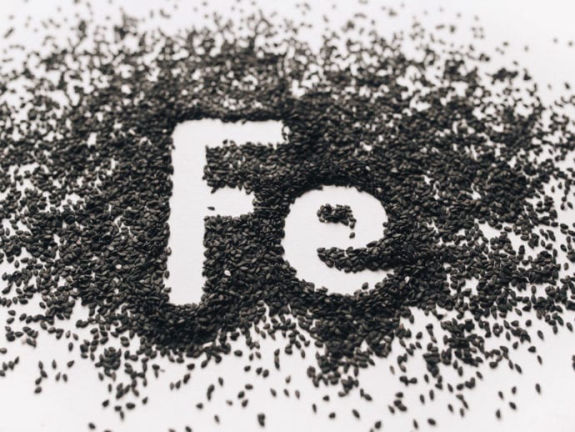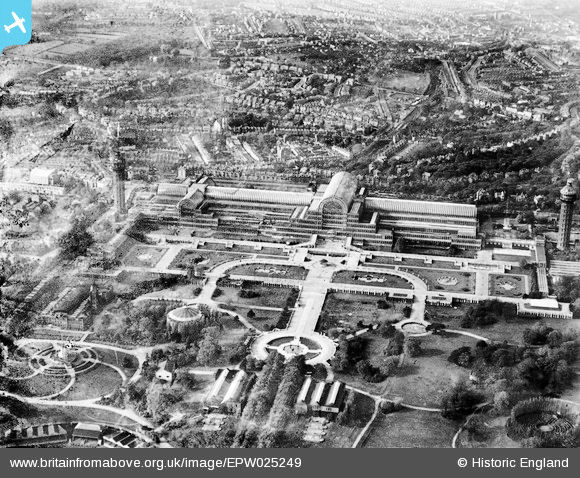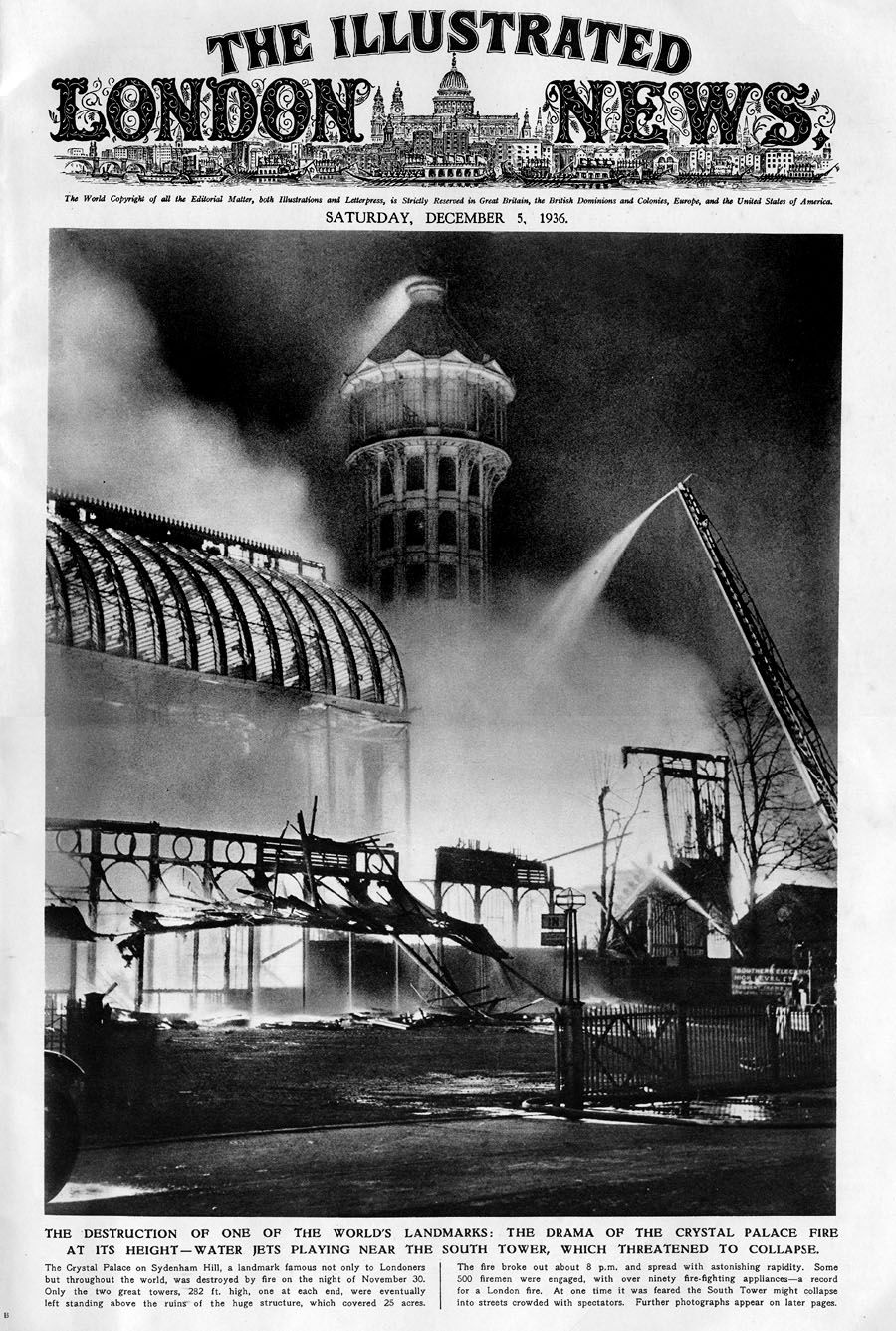Iron, the Great Protector
Its Removal from Society
There seems to be a lot of either confusion or nonsense spoken about iron. You can read that Cast iron was invented by the Chinese in the 5th Century BC. That "Wrought iron" was originally a type of cast iron with a low carbon content, making the iron more malleable and flexible while still retaining much of its durability. This was the type of iron originally used for iron-based construction (the great bridges spanning the world's major rivers were originally crafted from, or reinforced with, wrought iron), and for weapon smithing as well. From a purely material perspective, the distinguishing characteristic of wrought iron is that it has inclusions of silicon and sulfur – slag – which are leftover from the process by which the metal is extracted from the ore. Wrought iron is truly the classical form of iron, and back before the mass production of steel through the Bessemer process, this was the most commonly available form of iron, as steel was far more expensive.”
So wrought iron is cast iron, only different. Then you can read that the casting of iron was only possible when blast furnaces became available during the Industrial Revolution which gave sufficient heat to melt the iron ore. However, this also allowed the production of steel from iron ore, therefore wrought iron became obsolete. The term “wrought iron” was then attached to objects forged from iron by hand. Which was how they did it before the blast furnaces because the normal blacksmith wasn’t able to melt iron ore and pour it into a mould. All he could manage was to heat it until it became malleable and them beat it into shape. Confused? We’ve only just begun, there’s more to come.
“In early times the employment of iron in the arts was much restricted by reason of its dull exterior and brittleness. There existed, moreover, among the Romans a certain religious prejudice against the metal, whose use in many ceremonies was wholly proscribed. This prejudice appears to have been due to the fact that iron weapons were held jointly responsible with those who wielded them for the shedding of human blood; inasmuch as swords, knives, battle-axes, lance and spear points, and other implements of war were made of iron.” (Sacred Texts)
Too brittle for use in “the arts”, but fine to use as an anvil, a chisel, sword, shield or an axe. Sounds like nonsense. Then you can read that they had methods for hardening iron, namely quenching (rapid cooling) and tempering (high temperature with slow cooling), but according to other sources, this was mainly used for steel and iron alloys. You will also hear that the purest form of iron comes from meteorites, not iron ore.
The one ancient and universal characteristic of iron is its value as protection against evil spirits, malevolent intentions or psychic attack. The typical witch’s cauldron is a stereotype of this which stems from the many legendary magical cauldrons within the Celtic tradition. Iron’s magnetic and conductive qualities should be mentioned here also. Iron objects, such as horseshoes, would be seen adorning houses both inside and out as protection against poltergeist, malevolent spirits and the mischievous Fae folk, also known as ‘The Gentry’, faeries, goblins etc. These days we’ve been manipulated into referring to such things as aliens, unfortunately. There is a mine of information on this here: Iron as Protective Charm.

Fe or Fae?
Picture the scene: up until the mass production of steel and aluminium, every house had many iron implements within and around it. Whether the occupants knew it or not, they were spiritually and psychically protected. Let’s now imagine that for whatever reason, ‘interested parties’ wanted to remove that protection. The mass production of steel and aluminium was one method by which this could be achieved, although it could take a very long time before an iron implement needed replacing. There was another way though.
By the time Churchill was successful in implementing World War II there was still a great deal of iron in general use. With the excuse that imports of iron ore were disrupted, the British public were asked to offer up their iron implements – particularly railings – for the ‘war effort’. Aluminium pots and pans were included just to make it seem more credible. The iron railings, which formed a psychic as well as physical barrier to houses and parks, etc., were simply taken away. The only exceptions were if your wrought iron gates were of ‘historical value’ or if you were a member of the appropriate local council. This occurred in many places throughout the UK, not just in London.
Since that time there has been a great deal of evidence to show that this operation was nothing but a total sham, that all the iron ended up at the bottom of the River Thames, in the Irish Sea and in various scrapyards.
This letter was sent to the editor of the London Evening Standard on 24-05-1984:
“Letters to the Editor
The Evening Standard
I was interested in your item about the railings which are to be replaced in Ennismore Gardens. The tragedy is that so many of London's railings were pulled down in order to support Britain's war effort, bearing in mind that they never became the guns and tanks they were intended for.
In fact I believe that many hundreds of tons of scrap iron and ornamental railings were sent to the bottom in the Thames Estuary because Britain was unable to process this ironwork into weapons of war.
Christopher Long
Earl's Court Square,
Earl's Court, London SW5.”
“This information came from dockers in Canning Town in 1978 who had worked during the war on 'lighters' that were towed down the Thames estuary to dump vast quantities of scrap metal and decorative ironwork. They claimed that so much was dumped at certain spots in the estuary that ships passing the area needed pilots to guide them because their compasses were so strongly affected by the quantity of iron on the sea-bed.” (Christopher Long’s Website)
Also:
“Steelworks at places like Port Talbot, Shotton, Sheffield and Motherwell had been in business since the start of the twentieth century and their histories are well documented. Yet, while the removal of the iron is recounted by hundreds of eye witnesses, there are no similar reports of the lorries arriving at the steel works with large quantities of railings and gates to be loaded into the blast furnaces. Lord Beaverbrook was nothing if not thorough and his logistics operations would have been geared to deliver the iron to the steel works.
So what did happen? One school says the iron collected was unsuitable and could not be used. This seems unlikely as recycled iron is a key component in the steel industry. Another more likely explanation is that far more iron was collected - over one millions tons by September 1944 - than was needed or could be processed. Certainly the huge underground munitions factory Beaverbook set up at Corsham in Wiltshire ran far below capacity for its short life.” (London Garden’s Trust)
Of course, no one in their right mind would ever propose that all the iron was removed in order to weaken the population’s defence against psychic attack. Instead it’s all justified by claiming that it was propaganda to make people feel they were contributing to the war effort – which does have some truth to it, although the war effort they were contributing to was the war against themselves.

The Crystal Palace, Sydenham Hill.
Another example of removing iron from the environment comes in the form of The Crystal Palace on Sydenham Hill just outside London. It’s often mistakenly claimed to have been the same one that was constructed in about 5 minutes by Prince Albert in Hyde Park and housed the Great Exhibition in 1851. Although it was built from the dismantled components of the Hyde Park Palace, the Sydenham Hill one was much bigger and very different. It was made mainly of wrought and cast iron and glass, of course. It burned down in a mysterious and suspicious fire in 1936 whereby only the two massive water towers remained. Churchill remarked that it was “The end of an era.” The two towers were demolished in 1941 when they were deemed to be a significant landmark enabling enemy bombers to pinpoint London.

If all this is combined with a concerted effort to poison the landscape by placing nuclear power plants, radio/wifi towers, particle accelerators, wind turbines etc. etc. on significant ley lines, then it’s no surprise that people will develop physical symptoms that can easily be classified as a viral pandemic. The population has not only been cut off from the natural energy of the Earth, but it has also been left wide open to concerted and highly organised psychic attack.
Update Nov. 2021: I have been researching folklore and mythology for an upcoming article and have come across more information regarding Iron and the Fae. Whilst I haven't found anything to contradict its use as a protective talisman against evil entities, I do have more details about its effect on the Fae in general.
It seems that although Iron itself doesn't affect the Fae, Blacksmithing does. In other words it's the working of Iron that causes the Fae to move and keep away. According to J.R.R. Tolkien in his ‘On Fairy Stories’ essay, the primary reality of both the Fae and men is the same, but differently “perceived and valued.” This is evident when one considers that what we see as rocks, mountains and trees, to the Fae are dwelling places. Therefore, they must perceive and value Iron in a totally different way to us, which makes the heating, hammering, twisting and general forging of it repellent to them. Maybe they can't bear the screams.
Sources and further reading:
http://www.modemac.com/cgi-bin/wiki.pl/Magickal_Properties_of_Cast_Iron
https://www.sacred-texts.com/etc/mhs/mhs09.htm
https://kidzfeed.com/iron-age-tools-and-weapons/
https://greatwen.com/2012/04/17/secret-london-the-mystery-of-londons-world-war-ii-railings/
https://londonist.com/london/history/london-s-railings-at-the-bottom-of-the-thames
https://www.londongardenstrust.org/features/railings3.htm
http://www.christopherlong.co.uk/pri/wareffort.html
Will Scarlet
.
IF YOU ARE SEEING A LINK TO MOBIRISE, OR SOME NONSENSE ABOUT A FREE AI WEBSITE BUILDER, THEN IT IS A FRAUDULENT INSERTION BY THE PROVIDERS OF THE SUPPOSEDLY 'FREE' WEBSITE SOFTWARE USED TO CREATE THIS SITE. THEY ARE USING MY WEBHOSTING PLATFORM FOR THEIR OWN ADVERTISING PURPOSES WITHOUT MY CONSENT. TO REMOVE THESE LINKS I WOULD HAVE TO PAY A YEARLY FEE TO MOBIRISE ON TOP OF MY NORMAL WEBHOSTING EXPENSES - WHICH IS TANTAMOUNT TO BLACKMAIL. I CALCULATE THAT THEY CURRENTLY OWE ME THREE MILLION DOLLARS IN ADVERTISING REVENUE AND WEBSITE RENTAL.